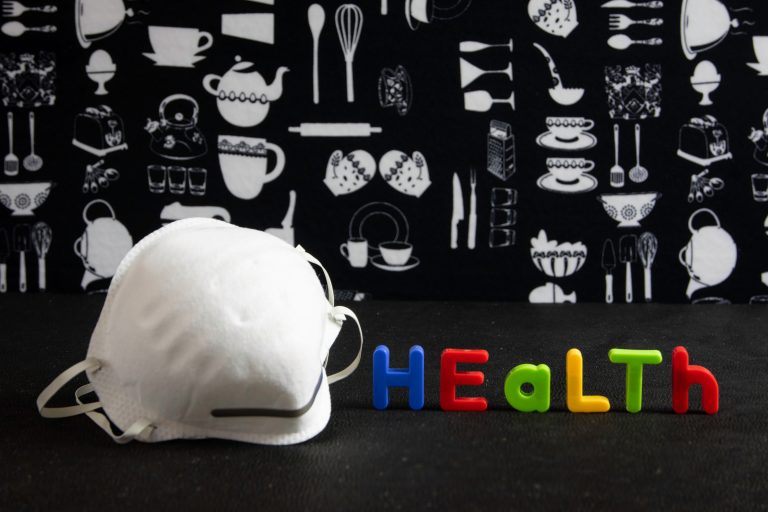How managerial style shapes culture and market success.
We’ve all heard the expression about putting our own oxygen mask on before helping others. Yet, where is the oxygen mask for those working tirelessly in Employee Relations and HR? These professionals navigate complex emotional terrain daily—managing conflicts, guiding difficult conversations, supporting those in crisis, and holding organisational pain. In many ways, they function as the organisation’s emotional shock absorbers.
What happens when leadership stops being a title – and becomes a ripple effect? It changes everything.
Gone are the days when leadership meant barking orders from the corner office or treating performance like a spreadsheet. Organisations today don’t just succeed because of market timing, product strength, or smart strategy. They succeed because of how people feel inside the business, because of how they’re led.
At Medihelp, a quiet revolution has been under way – rooted not in command, but in care. It’s called servant leadership. And it’s transforming not only how our employees show up, but how the company shows up in the market.
Top-down is dead. Long live empowerment
Traditional leadership told people what to do. It guarded information, measured performance with a magnifying glass, and valued compliance over contribution.
Servant leadership flips that script. It asks: How can I support you? How can I unblock your creativity? How can I help you lead, even from the middle?
Before introducing servant leadership a few years ago, we had a traditional leadership style in place where the leader effectively walked in front and micromanaged their team members with a top-down approach. I’ve seen incredible changes in the morale of our people under the new managerial style. This is because people at all levels can make a valuable contribution. The qualities of empathy, knowledge-sharing, and kindness (without, of course, being a pushover) seem to bring out the very best in people.
To me, servant leadership isn’t about being soft; it’s about being real. Empathy doesn’t weaken leadership; it radicalises trust. And when people are trusted, they go beyond expectation. They create, question, problem-solve. They feel seen. And seen people show up differently – in boardrooms, on member calls, and in the small moments that define reputation.
Culture isn’t a poster on the wall. It’s a mirror of management
Leadership style isn’t just a management technique; it’s a cultural contagion. Whatever tone leaders set, intentional or not, becomes the culture.
In Medihelp’s case, servant leadership hasn’t just changed how teams are managed. It has rewired how the business thinks about performance, potential, and wellness. Here’s how the shift shows up across the organisation:
When leaders model kindness, knowledge-sharing, and collaboration, these behaviours cascade. Team dynamics improve. Innovation increases. Silos collapse. Suddenly, people aren’t just surviving – they’re thriving.
Wellness isn’t a perk. It’s a strategy
For servant leaders, the well-being and development of their team members above are more important than self-interest. At Medihelp, we are invested in our teams’ holistic wellness and we’ve invested in mental health apps, an onsite clinic, life coaching, and real conversations. The result is that employees have stopped compartmentalising ‘work’ and ‘life’. They bring their whole selves to the table. And it shows in how they perform.
It comes down to this: engaged people innovate. They care, they stick around, and they tell their friends. That’s your brand. That’s your culture. That’s your competitive edge.
High retention is a gift – but only if you future-proof it
Here’s the irony of a great culture: people stay. For years. Sometimes decades. At Medihelp, the average tenure is 13 years – an HR dream, but also a looming succession risk. Rather than panic, the leadership team is building cross-generational task teams of top performers solving strategic challenges today, so they’re ready to lead tomorrow.
This kind of succession planning isn’t reactive. It’s proactive. It doesn’t just prepare individuals – it future-proofs the entire organisation. When you give people visibility, purpose, and challenge, you don’t have to ask them to lead. They take the lead with confidence.
Leadership becomes contagious when it’s grounded in values
These aren’t just personal values. They’re cultural cues. I’ve seen that people who feel welcome, heard and energised don’t just do their jobs – they lead too.
That’s how servant leadership spreads. One genuine moment at a time.
The bottom line? Culture is a leadership product
What happens inside your organisation is never just internal. It’s felt by your customers, your partners, and your competitors. Culture is a brand story, whether you’re telling it intentionally or not. Servant leadership isn’t a trend. It’s not a buzzword. It’s a business model that puts people before power, and performance in the hands of those who drive it every day.
So ask yourself this:
- What kind of leadership are you modelling?
- What kind of culture is it creating?
- And what kind of business will that culture build?
- Here’s the heart of it: your leadership style will rub off. The only question is: what kind of leadership are you passing on?
Sandra Minne is the Head of People Services at Medihelp Medical Scheme in Johannesburg, South Africa. Minne has spent 36 years shaping how people lead at Medihelp. Her approach is simple: when you lead with values, people follow. She brings kindness into conversations, collaboration into problem-solving, inclusivity into decision-making and a colourful, creative energy that lifts the room.


























